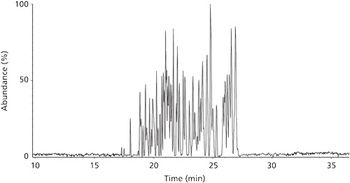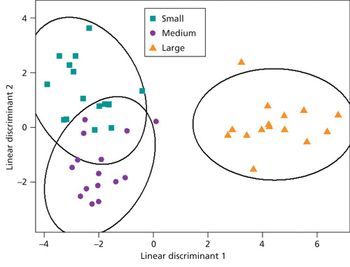
Special Issues
Nowadays, biotherapeutic proteins are available in different formats such as fusion proteins, monoclonal antibodies, or antibody-drug conjugates. The complexity of these molecules requires advanced and comprehensive characterization to guarantee their potency and safety. This work provides an overview of a methodology using an innovative capillary electrophoresis-tandem mass spectrometry coupling (CE-MS-MS) for the characterization of biologics primary structure. This method was applied to perform biosimilarity assessment between two mAbs, distinguishing minor differences like a sole amino acid substitution. Such a level of characterization is permitted by cumulating the specificities of both CE and high-resolution tandem MS using a sheathless interface, therefore renewing the interest for this type of coupling.




